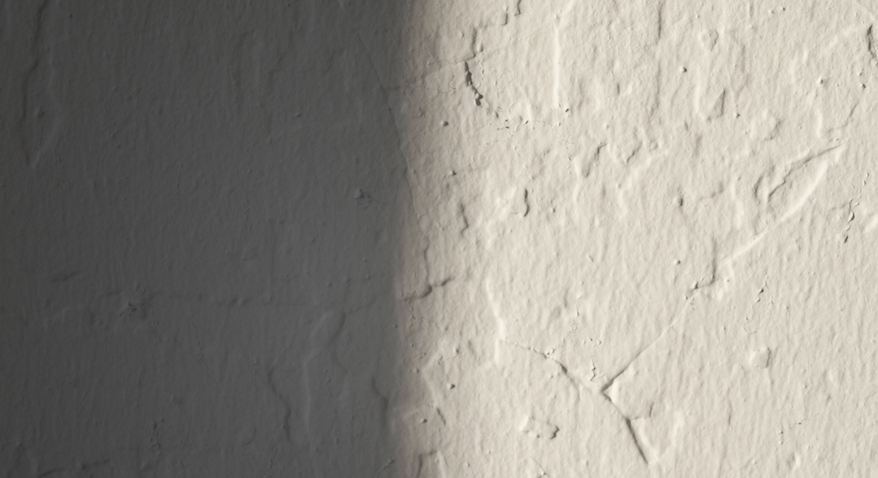Fiber Cement & Stucco Siding – The Best of Both Worlds

Stucco is a traditional, timeless choice for residential and commercial building experiences whose popularity has been unchallenged for many years. Innovative building materials like fiber cement, however, have begun to challenge stucco for the Number One spot among architects, designers, builders, contractors, and owners.
Stucco Pros and Cons
Let’s consider stucco first. One of stucco’s biggest advantages is its association with classic architecture through the ages. Instantly recognizable for its elegance, traditional color and interesting texture, stucco has earned its reputation as a superior exterior finish.
Made up of Portland cement, sand, and water, stucco is relatively easy to work with, even for the novice applicator. Fairly affordable to install at about $8 per square foot, stucco siding installation is an appealing weekend project for a handy homeowner with the basic tools and an understanding of home improvement techniques..
For all its cosmetic appeal, stucco siding has some serious disadvantages. For one, it does not perform well in areas with climates marked by much precipitation. Snow, rain, sleet, and even high relative humidity can be an issue for stucco siding, leading to discoloration, mold, and a breakdown of the finish. Even routine maintenance of stucco can be tricky. While high pressure washing may be indicated to remove discoloration or efflorescence, experts do not recommend it because it can damage the surface and integrity of the finish.
Enter Fiber Cement
In a side-by-side comparison, stucco and fiber cement look very similar. Appearances aside, fiber cement siding has significant advantages over its attractive but far less durable cousin.
Unlike stucco, which can be a bit fragile, fiber cement panels are among the strongest exterior siding materials available. Able to withstand both wet weather and high winders, fiber cement is also fire-resistant—making it an ideal choice for residential and commercial buildings in areas that commonly see severe weather. Fiber cement is available in a wide array of textures and color, including traditional and contemporary styles.
As with any exterior finish, proper installation of fiber cement shingles, shakes, and panels is critical for top performance. Unlike stucco, which can typically be applied by an experienced do-it-yourselfer, experts recommend hiring a professional contractor who is familiar with this material in order to deliver the best experience with fiber cement.
Labor and installation costs of fiber cement products vary, but most homeowners report significant savings over time, as fiber cement is very low-maintenance.
Can You Get the Best of Both Worlds?
What if you could get the cosmetic appeal of traditional stucco with the durability and versatility of fiber cement? Actually, you can! Fiber cement products are sturdy enough to withstand moisture, wind, and more severe weather with no impact on the color and texture.
High quality fiber cement products can so closely resemble the look and feel of traditional stucco that even the most experienced architects and contractors are fooled. They also deliver maximum durability and longevity at an approachable price with little maintenance required, giving you the best of both worlds.
